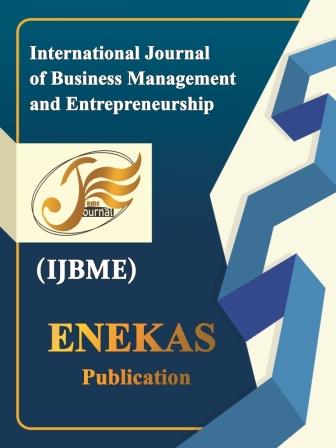Classification of Facility Layout Problems
Main Article Content
Abstract
The Facility Layout Problem (FLP) is a critical aspect of production and operations management, aiming to optimize the spatial arrangement of departments or facilities within manufacturing and service environments. The primary objective is to minimize material handling costs; which can account for up to 50% of total operating expenses in some industries; by reducing the distance traveled between facilities weighted by their interaction frequency. A well-designed layout significantly impacts key performance indicators such as productivity, throughput time, space utilization, and workflow efficiency. FLPs are inherently complex combinatorial optimization problems, often classified as NP-hard, due to the numerous constraints involved, including unequal department areas, adjacency requirements, and dynamic changes over time. Various layout configurations have been explored, such as single-row, multi-row, loop, open-field, and multi-floor arrangements, each offering distinct advantages depending on the application context. Exact methods, heuristic algorithms, and especially metaheuristics like genetic algorithms and simulated annealing have been widely employed to tackle these challenges. Hybrid approaches combining different optimization techniques have also shown promise in solving large-scale real-world instances. Beyond cost reduction, modern FLP studies increasingly emphasize ergonomics, safety, flexibility, and sustainability in layout design. As industries evolve with new technologies and fluctuating demands, adaptive and intelligent layout planning becomes essential for maintaining competitive advantage. This paper provides a comprehensive overview of FLP classifications, objectives, and solution strategies, highlighting its significance in both theoretical research and practical implementation across diverse sectors.
Article Details

This work is licensed under a Creative Commons Attribution 4.0 International License.

